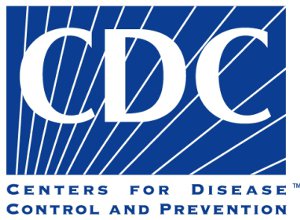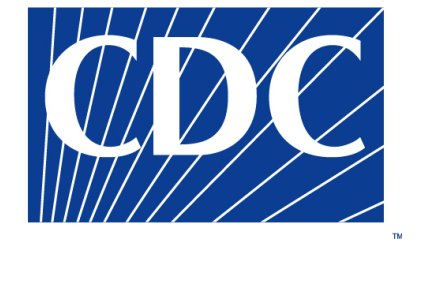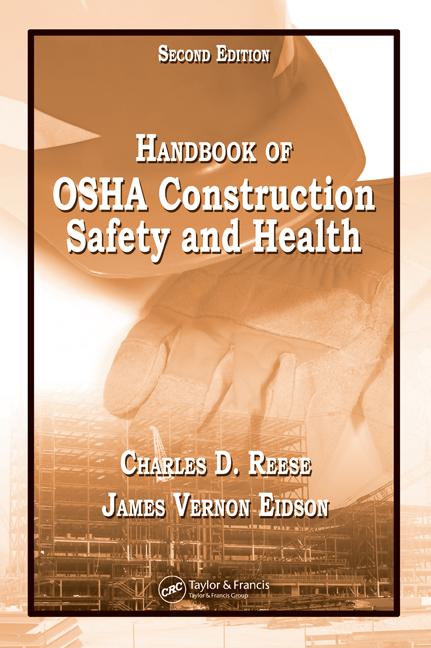 In a post titled, “Preventing Violent Deaths in America,” CDC states:
In a post titled, “Preventing Violent Deaths in America,” CDC states:
Violence is not just a law enforcement problem. It is a public health problem of vast proportions. Each year, violence kills 55,000 people in the United States. Violence takes a particular toll on youth. Every day, 13 young people between the ages of 10 and 24 are killed, making homicide the third leading cause of death in this age group.
Violence erodes the very fabric of our communities. Fear associated with violence can cause people to spend less time outdoors being active, socializing with others, and investing in the community. Violence also lowers our productivity, disrupting important public and social services, and decreasing the value of our homes and businesses.
The National Center for Injury Prevention and Control at the Centers for Disease Control and Prevention (CDC) is committed to preventing violent deaths in the U.S. To stop violent deaths, we must first understand all the facts. Linking information about the “who, when, where and how” from data on violent deaths provides insights about “why” they occurred.
CDC uses the National Violent Death Reporting System (NVDRS) to provide communities with a clearer understanding of violent deaths so we can prevent them.
NVDRS is a unique, state-based surveillance system that collects facts from different sources about the same incident. The information—from death certificates, police reports, and coroner or medical examiner reports—is pooled into a usable, anonymous database. As NVDRS data become available, state and local violence prevention practitioners use it to guide their prevention programs, policies, and practices.
Moving forward, NVDRS states will continue to make better use of data currently being collected. With continued expansion, NVDRS will increase knowledge about where the circumstances for violent deaths exist, the groups who are most at risk, and trends over time. This system can provide a foundation upon which to build many activities and processes necessary for successful violence prevention.





